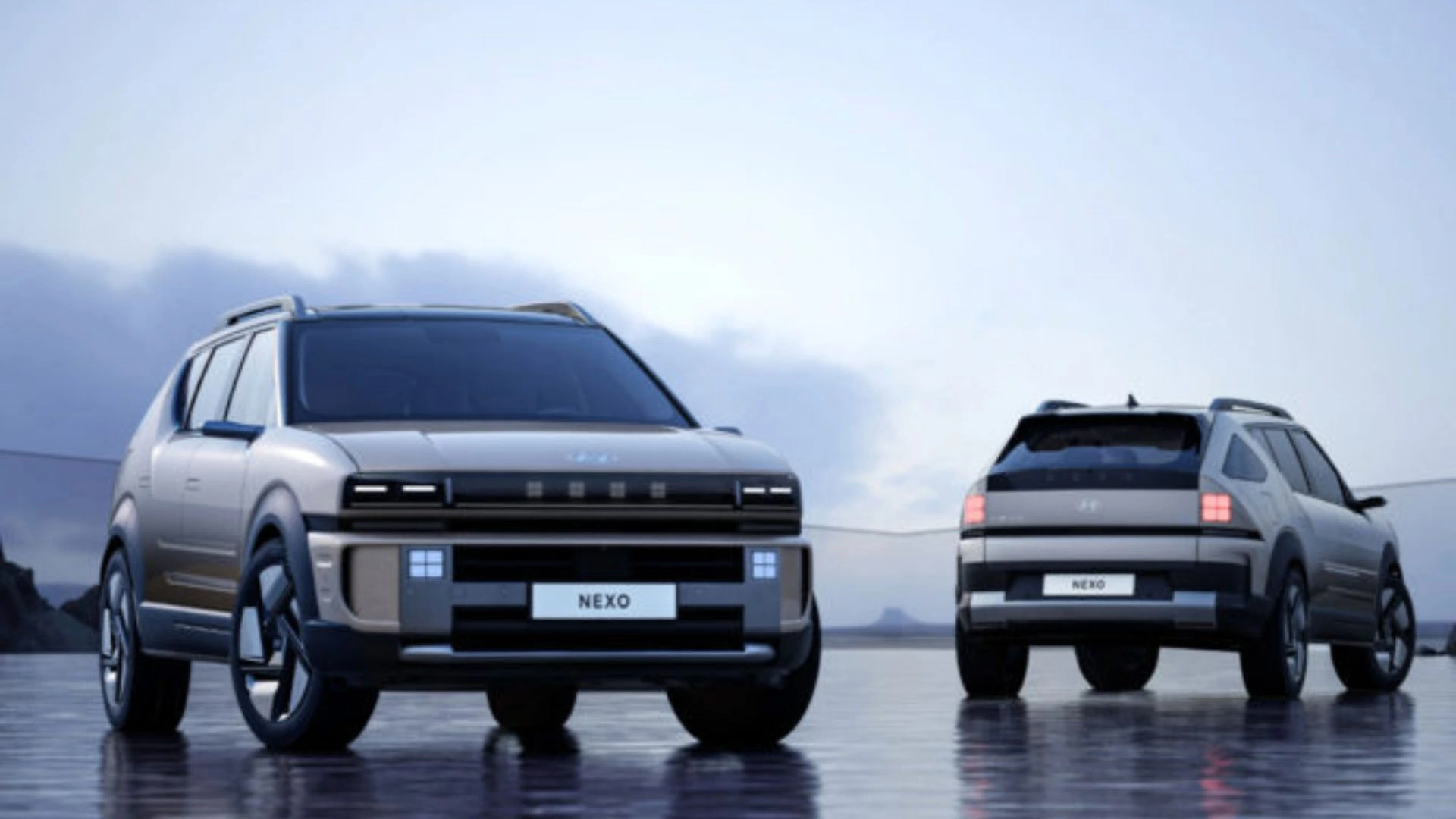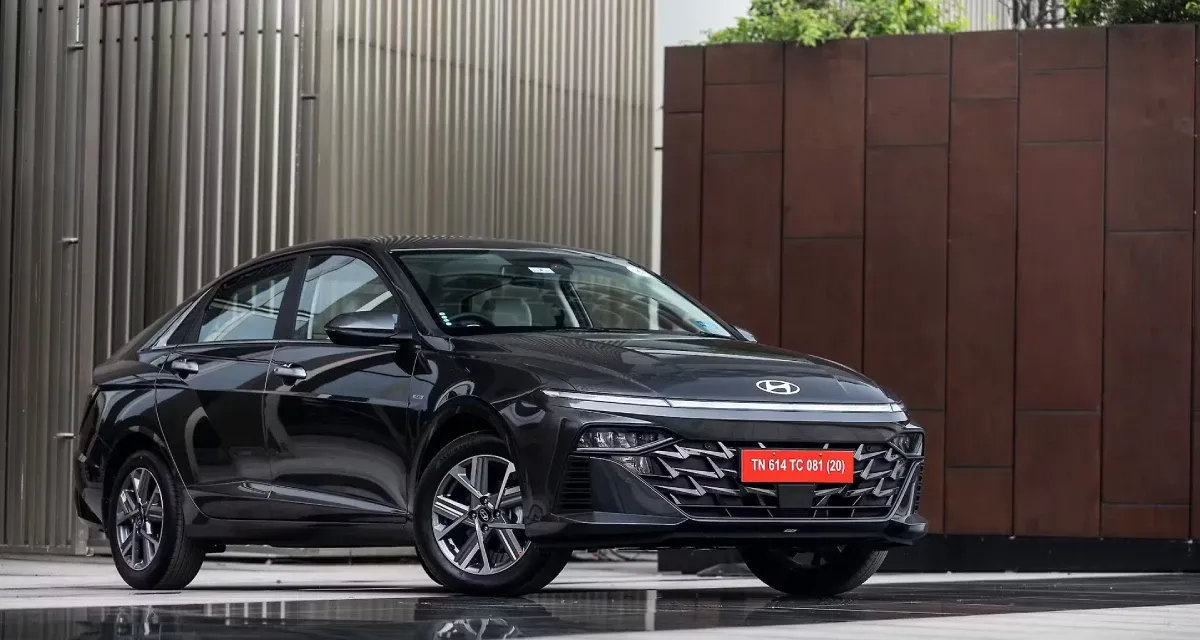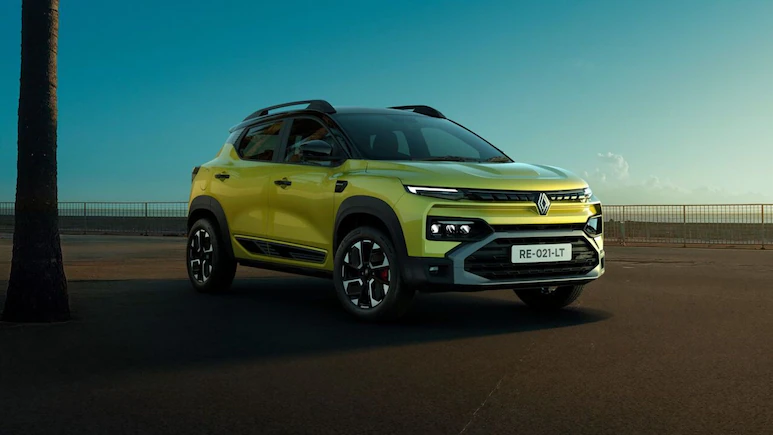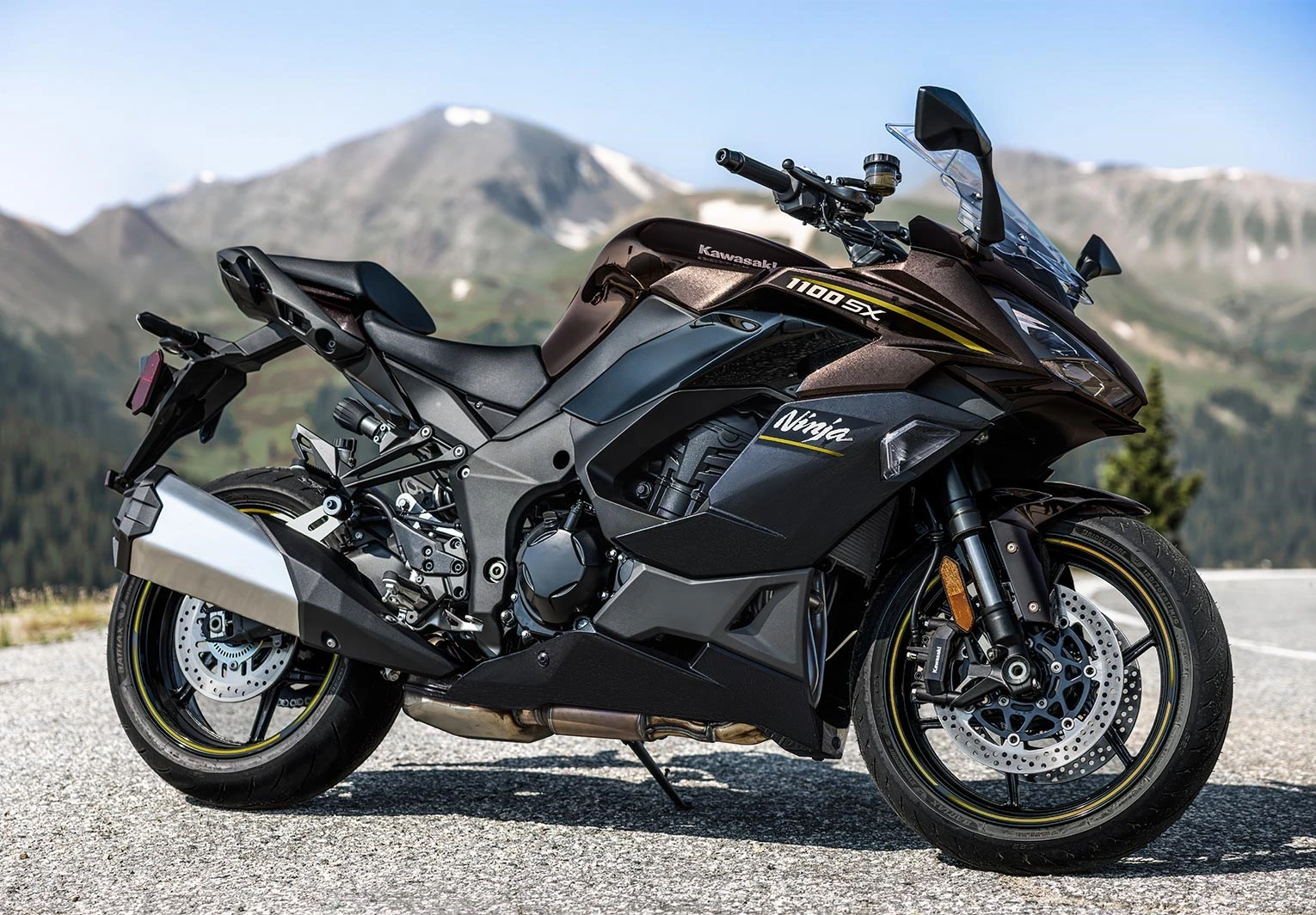The argument about ICE vs EV (Internal Combustion Engine vs Electric Vehicles) has been rather popular as the automobile industry turns toward sustainability. Rising gasoline prices, environmental issues, and changing technologies have Indian shoppers eager to know which choice best fits their circumstances.
Key variations between IC engine and electric vehicles—performance, maintenance, environmental effect, and cost—are broken out in this paper. This thorough guide can assist you make a wise decision whether your first car purchase is under consideration or if you want an update.
-
Understanding the Core Difference Between an IC Engine and an EV
- IC Engine (Internal Combustion Engine)
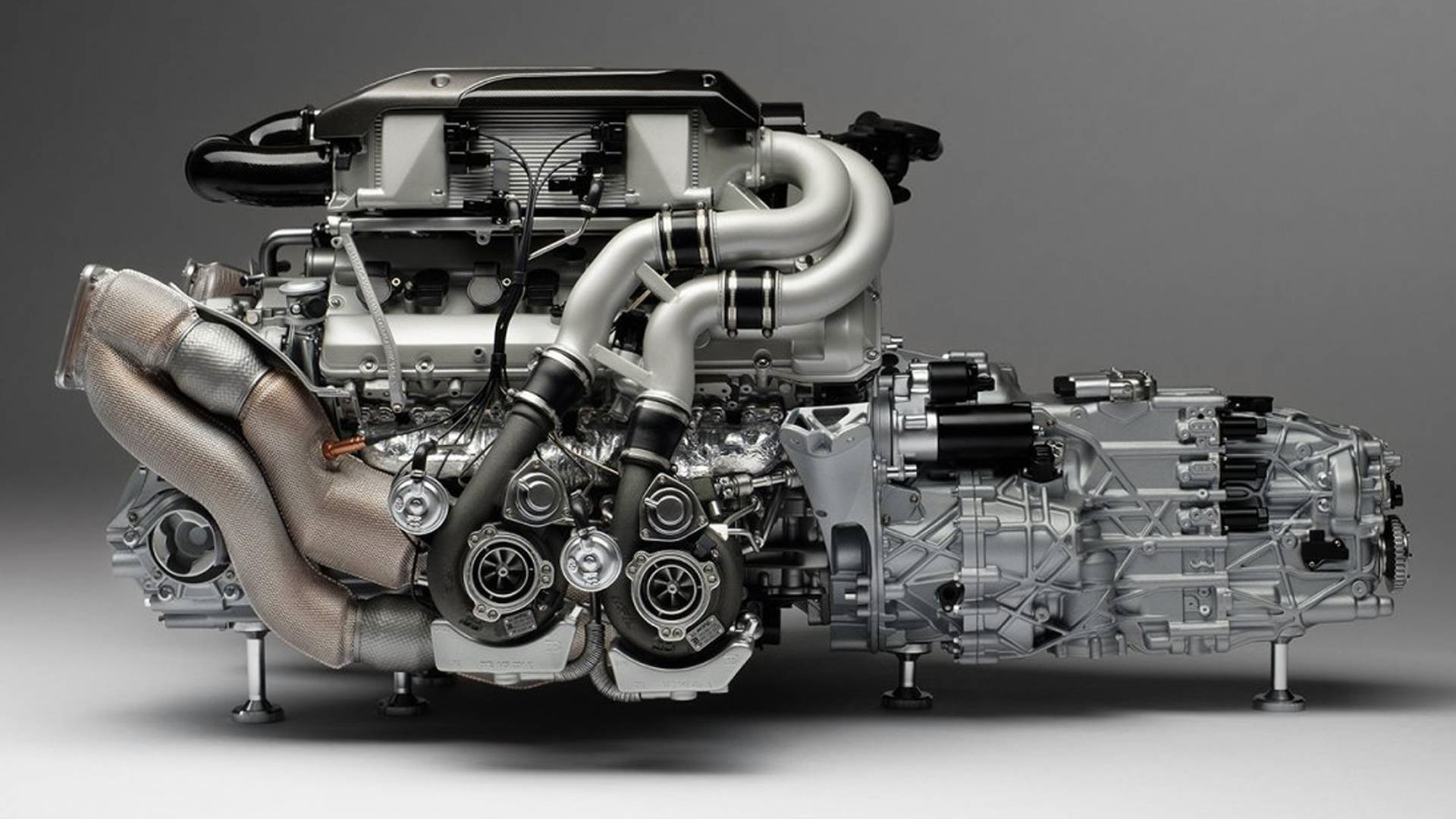
These vehicles run on fuels including diesel or petrol. Igniting fuel inside a combustion chamber powers the engine.
- EV (Electric Vehicle)
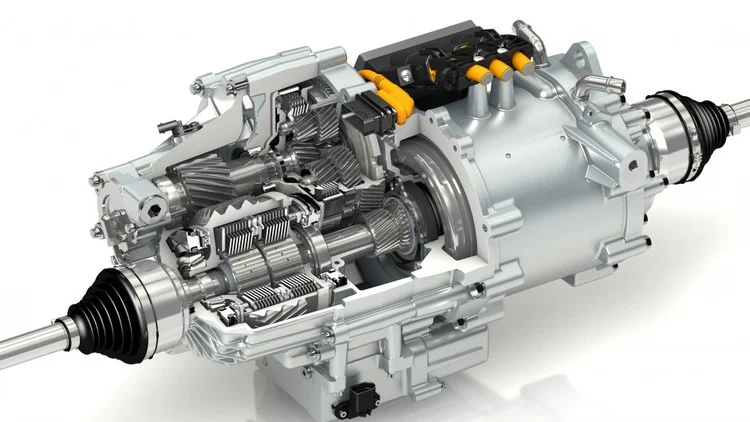
Electric motors running on energy kept in batteries power EVs, or electric vehicles. Since no combustion process is involved, they are cleaner and quieter.
- IC Engine (Internal Combustion Engine)
Performance: Instant Power vs Controlled Precision
- IC Engine: With steady power delivery, IC Engine provides a more conventional driving experience. Perfect for long distance travel and highway driving.
- EV: Particularly in city traffic, faster acceleration and smoother rides follow from instant torque.
EVs such the Tata Nexon EV and MG ZS EV feel more responsive on daily trips since they run electricity effortlessly.
Cost Comparison: IC Engine Costs Less than EV
One of the most important determinants of decisions is the cost difference between the ICE vs EV:
1. First Purchase Price
- IC Engine Cars: ₹ 6–12 lakh (middle range)
- EVs: ₹8–18 lakh (after subsidies for comparable range and size)
2. Over One Lakh km, Fuel vs Electricity Cost
(Assuming average mileage of 13 km/l and petrol cost of ₹103/litre)
- IC Engine: ₹8/km × 1,00,000km = ₹8,00,000
- EV: ₹1.5/km × 1,00,000km = ₹1,50,000
Fuel alone saves ₹6.5 lakh over a one lakh kilometer distance.
3. Maintenance Expenses (5-Year Project)
- IC Engine: ₹50,000 – ₹1,00,000 (including engine wear and oil changes)
- EV: ₹15,000–₹25,000 (minimal service and part replacements)
Environmental Impact: EV Green Driving
Examining ICE vs EV from an environmental standpoint:
- IC Engines: Emit CO₂, nitrogen oxides, and particulate matter greatly contributing to urban air pollution.
- EVs: Because of their better efficiency and zero tailpipe emissions, EVs—even when run from coal-based grids—still release significantly less CO₂ over their lifetime.
Through programs like FAME-II and state incentives meant to lower vehicle pollution and carbon footprint, India's government is encouraging EV adoption.
Maintenance: Simplicity Wins with Electric Vehicles
EVs have:
- No engine oil
- No clutch system
- No gear systems or exhaust
This sharply lowers the possibility of mechanical breakdown. Conversely, IC engine vehicles call for more complicated engine care, frequent oil changes, and filter replacements.
Refueling and Charging: Speed Against Convenience
- IC Engine Vehicles: Any of the many gas outlets in India allows engine vehicles to be refueled in minutes.
- EVs: Call for infrastructure supporting charging. While home charging is handy, fast-charging facilities are still under development all around.
Fast chargers are becoming increasingly available in metropolitan areas, though, and numerous manufacturers are providing home chargers with EV sales.
Which One is Smarter—Long-Term Ownership?
Given inexpensive maintenance, government incentives, and growing fuel prices, EVs provide better overall cost of ownership. IC engine vehicles still have an advantage, though, for consumers who routinely visit far-off locations or want speedier refilling.
Advantages of IC Engine Vehicles:
- Broad accessibility of services
- Refuel in minutes
- Better resale value in Tier-2 and Tier-3 cities
Advantages of EVs:
- Less expensive to run
- Government grants
- Quieter and cleaner driving experience
- Low running demands
Comparative Table: Feature-by-Feature ICE vs EV
|
Feature |
IC Engine Vehicle |
Electric Vehicle |
|
Fuel Source |
Petrol or diesel |
Electricity |
|
Maintenance |
High (from many components) |
Low (few components, no oil changes) |
|
Running Cost |
₹6–10/km |
₹1–2/km (electricity dependent) |
|
Environmental Impact |
CO₂ and pollution emissions |
Zero tailpipe emissions |
|
Range |
500–800 km per full tank |
150–500 km per full charge |
|
Refueling Time |
5 minutes (fuel stations) |
45 minutes–6 hours (charging type) |
|
Initial Cost |
Lower |
Higher (with subsidies & tax benefits) |
|
Resale Value |
High (currently) |
Increasing steadily |
|
Noise & Vibration |
Noticeable |
Almost silent |
Eventually
The argument between ICE vs EV is about what suits you rather than about one being superior generally. Electric vehicles will get ever more accessible as technology develops and EV infrastructure expands. For present, however, both powertrains find place in the varied automotive scene of India.
Before you decide, review your long-term objectives, driving behavior, and financial situation. Furthermore keep in mind that although the future might be electric, the present currently allows both possibilities.
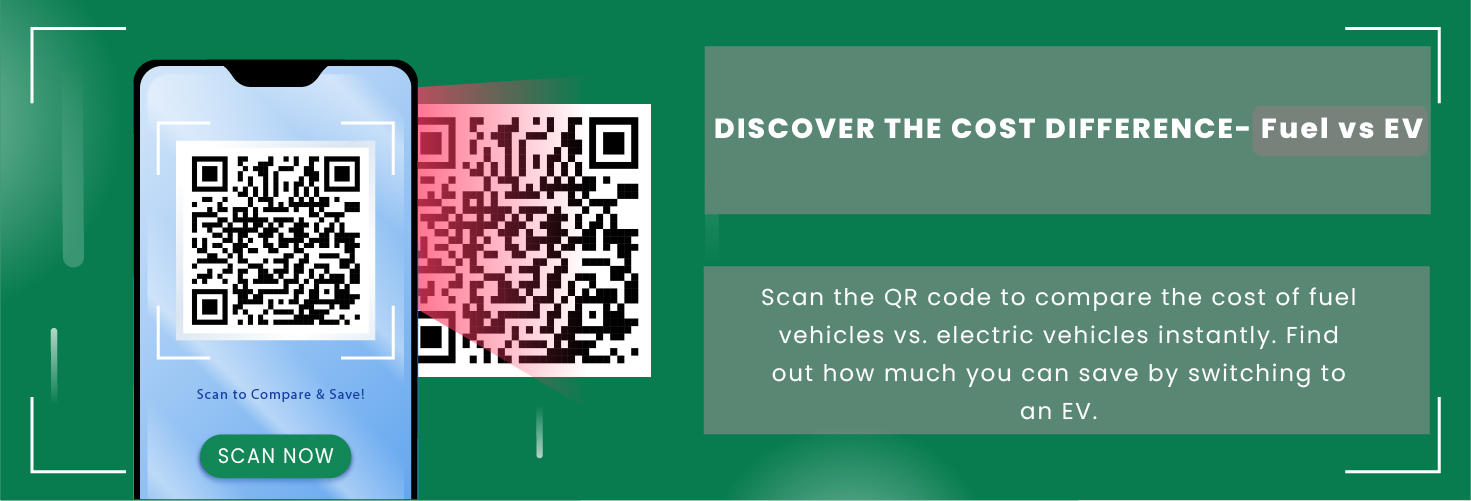
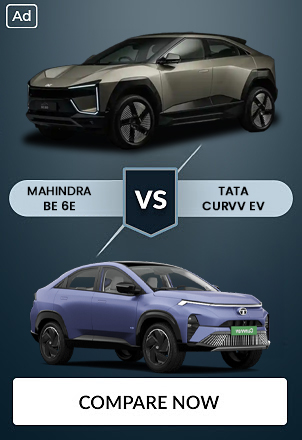
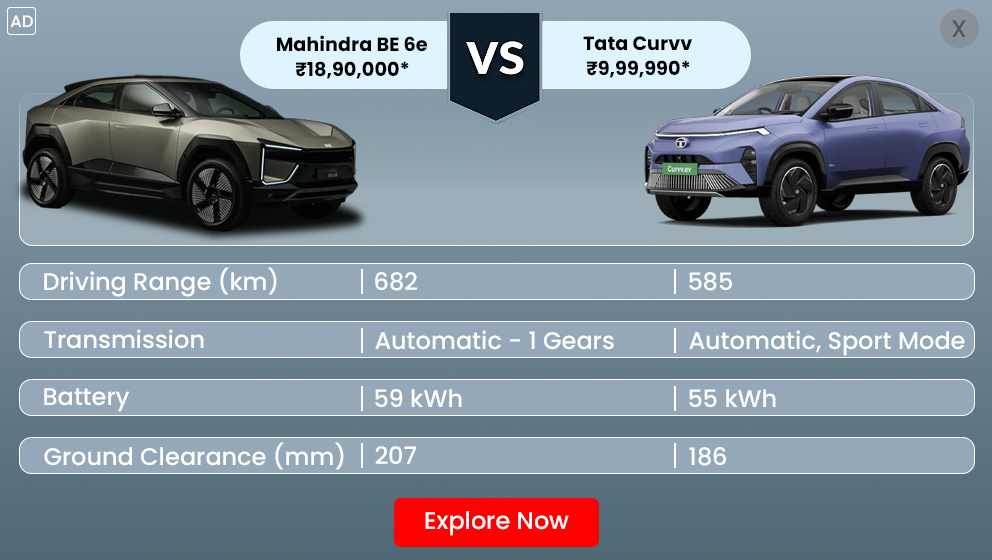

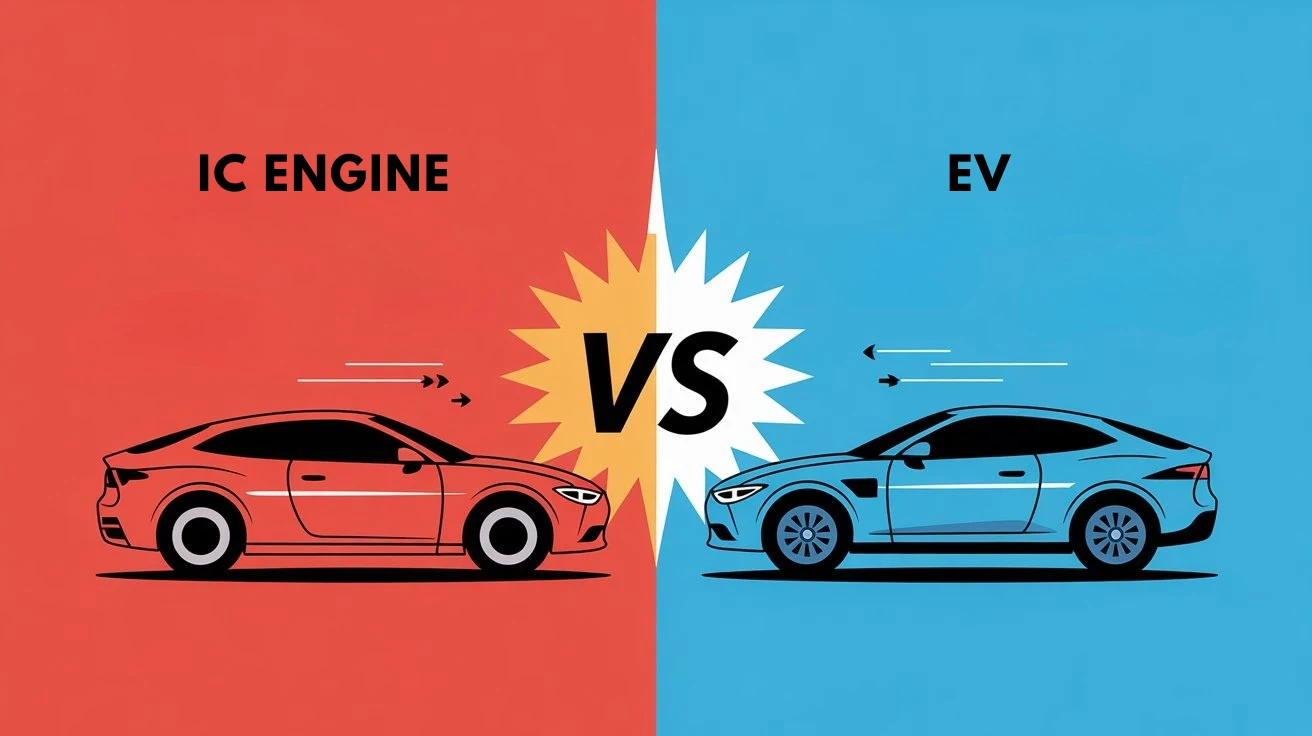
_1745393291.webp)
